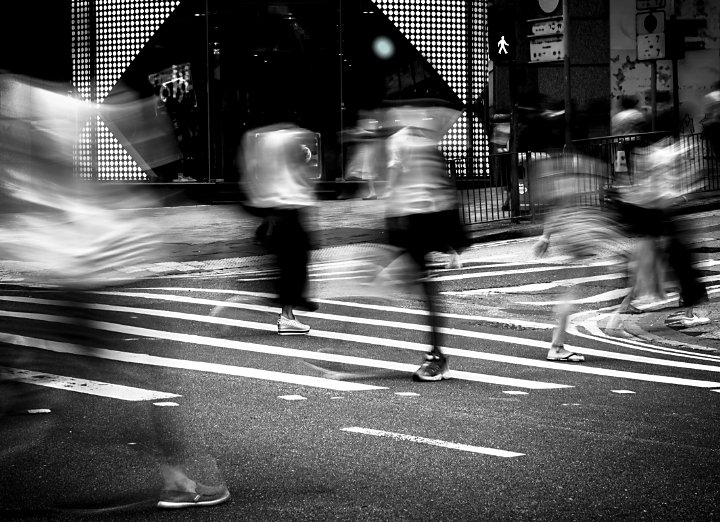Framing Streets - An Overview
Framing Streets - An Overview
Blog Article
The Ultimate Guide To Framing Streets
Table of ContentsExamine This Report on Framing StreetsNot known Factual Statements About Framing Streets How Framing Streets can Save You Time, Stress, and Money.Not known Details About Framing Streets Facts About Framing Streets UncoveredThe Buzz on Framing Streets
Digital photography genre "Crufts Pet Show 1968" by Tony Ray-Jones Road photography (likewise in some cases called honest photography) is digital photography conducted for art or questions that includes unmediated opportunity encounters and arbitrary events within public areas, typically with the goal of catching images at a decisive or emotional minute by careful framework and timing. 
, that was influenced to take on a similar documentation of New York City. As the city developed, Atget aided to promote Parisian streets as a deserving subject for photography.

The Basic Principles Of Framing Streets
Andre Kertesz.'s widely appreciated Images la Sauvette (1952) (the English-language version was titled The Decisive Moment) promoted the idea of taking a picture at what he described the "crucial minute"; "when type and material, vision and structure merged into a transcendent whole" - Sony Camera.
6 Simple Techniques For Framing Streets
The recording device was 'a hidden video camera', a 35 mm Contax concealed under his layer, that was 'strapped to the upper body and linked to a lengthy cord strung down the appropriate sleeve'. His work had little contemporary impact as due to Evans' sensitivities concerning the creativity of his project and the privacy of his topics, it was not published until 1966, in the book Several Are Called, with an intro composed click for more by James Agee in 1940.
Helen Levitt, then an instructor of young children, connected with Evans in 193839. She recorded the temporal chalk illustrations - Street photography that became part of children's road society in New york city at the time, along with the children that made them. In July 1939, Mo, MA's new digital photography area consisted of Levitt's operate in its inaugural exhibitRobert Frank's 1958 book,, was substantial; raw and frequently indistinct, Frank's pictures examined traditional photography of the moment, "challenged all the formal rules laid down by Henri Cartier-Bresson and Pedestrian Evans" and "contradicted the wholesome pictorialism and heartfelt photojournalism of American magazines like LIFE and Time".
Report this page